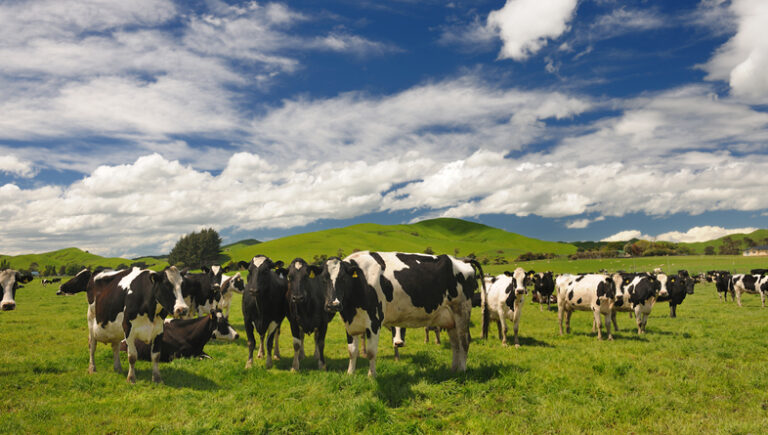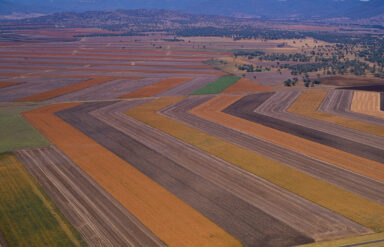Agricultural land values remain very strong, driven by transactions across the spring selling season and underpinned by the weight of capital that continues to flow into the sector. Institutional funds and family farmers continue to pay record prices for assets, with values underpinned by a combination of high commodity prices, low interest rates and positive seasonal conditions across Australia and New Zealand.
In Australia, November 2021 was the wettest month in 122 years with rainfall 124% above the monthly average according to the Bureau of Meteorology. Widespread rain across pastoral production regions was enjoyed by livestock producers. Cattle prices increased in response to the climatic conditions driven by La Niña with the Eastern Young Cattle Indicator reaching a new record high of 1,102 cents per kilogram carcass weight above the five-year average of 659 cents per kilogram. We are cognisant that these macro tailwinds could ease over a two-to-three-year horizon, so we have entered beef and cropping opportunities at a lower LVR to the rest of the portfolio. As at the date of this report, the average portfolio LVR for a beef or cropping loan is 54%, compared to the overall portfolio average of 57%.
In New Zealand, Fonterra lifted its milk payment for this season to the highest in 20 years. The company is now expecting to pay its farm suppliers between $8.40 and $9.00 NZD per kilogram of milk solids. According to NZStat, increases in the value of raw milk and dairy products have been a key factor driving the producer price to increase more in the year to September 2021 than in any other year for the past decade. With limited competition in the New Zealand market for alternate debt funding, the fund’s investment allocation to NZ dairy is expected to increase in 2022. Dairy also remains one of the fund’s best performing investment classes returning a +12% investor IRR (net of fees and costs) in 2021.
In Australian horticulture, the ABARES September quarter market analysis identified that retail prices for fruit and vegetables increased beyond the levels typically seen at that time of year. Key factors which influence retail prices are lower-than-usual supply and/or increased costs of labour, fertilizer and other inputs being passed through to consumers. Given horticultural farm output levels have remained stable, the increase in retail prices demonstrates the inflationary pressures across all supply chains. We are actively seeking capital investments in fruit and vegetable opportunities, due to favourable investment metrics such as land and water comprising a high percentage of our security assets.



